What kind of wood are cabinets made of?
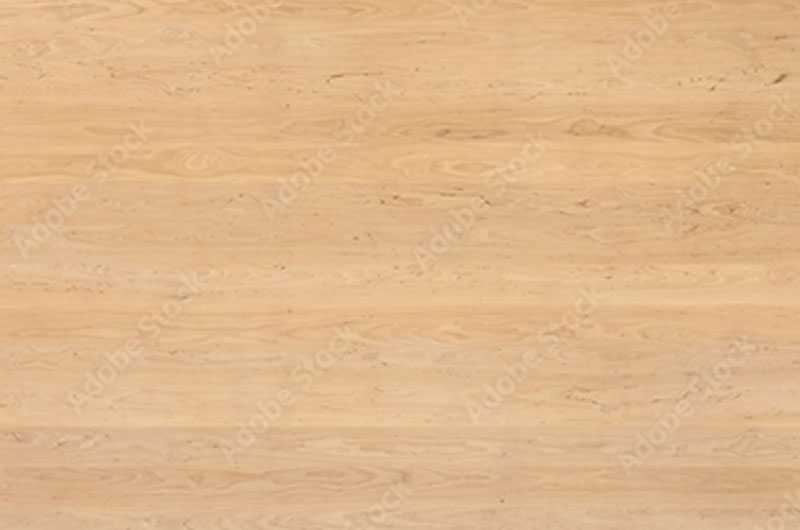
Alder
- Alder wood typically ranges from pale yellow to light reddish-brown. It can darken with age and exposure to light, taking on a warmer tone. The color variation can be quite subtle and uniform, offering a cohesive appearance when used in cabinets.
- Alder wood possesses a straight and even grain, occasionally featuring knots and swirls that add character to the wood.
- Alder wood's neutral color and attractive grain make it versatile for different cabinet styles, from rustic to contemporary. Its smooth texture and ease of finishing allow for customization to suit various design preferences.

Birch
- Birch wood typically ranges from creamy white to light brown with a hint of reddish or yellowish undertones.
- Birch wood has a fine, uniform grain pattern that is typically straight, though it can occasionally exhibit slight waves or curls. The grain is generally tight and even, contributing to a smooth and elegant appearance.
- Birch wood is versatile and can be used for a wide range of cabinet styles, from traditional to contemporary. Its neutral color and smooth grain provide a timeless look that complements various design aesthetics.

Cherry
- Cherry wood typically ranges from a rich reddish-brown to a deep reddish-brown color. When freshly cut, it often has a lighter, pinkish hue that darkens over time when exposed to light, developing a warm patina.
- Cherry wood has a distinctive and attractive grain pattern characterized by subtle waves, small knots, and occasional mineral streaks. The grain can vary from straight to wavy, adding visual interest to the wood's surface.
- One of the distinctive characteristics of cherry wood is its ability to develop a rich, deep patina over time. Exposure to light gradually darkens the wood, enhancing its natural beauty and adding character to cabinets and furniture.
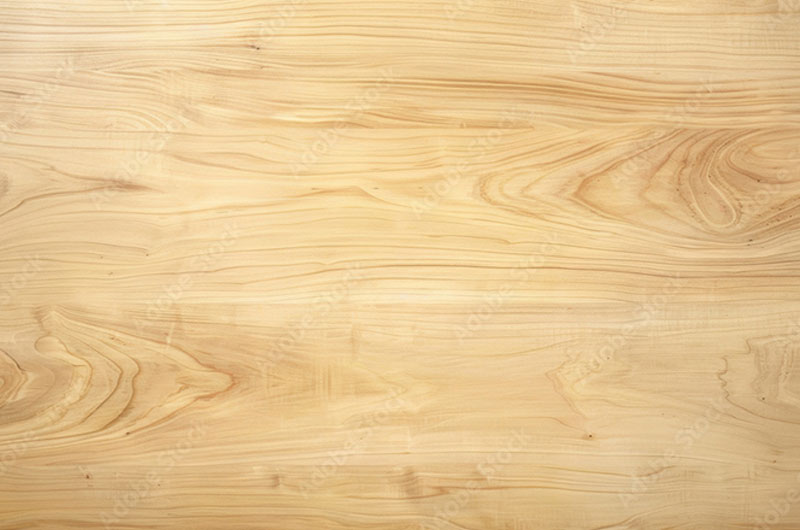
Hickory
- Hickory wood varies in color, ranging from pale cream to medium brown. It often features dramatic color variations and streaks, giving it a visually interesting appearance. The heartwood tends to be darker, while the sapwood is lighter in color.
- Hickory wood is exceptionally durable and resistant to wear, making it suitable for cabinetry in kitchens, bathrooms, and other areas prone to moisture and heavy use. Its hardness and toughness make it highly resistant to impacts and abrasions, ensuring longevity for cabinets.
- The distinct grain pattern and color variations of hickory wood give cabinets a unique and rustic aesthetic. Its natural beauty adds warmth and character to interior spaces, making hickory a popular choice for traditional and rustic-style cabinets.

Maple
- Maple wood typically ranges from creamy white to light golden-brown in color. It has a uniform appearance with minimal color variation, providing a clean and classic look for cabinets. However, some varieties, such as spalted maple, can exhibit more pronounced color variations and unique figuring.
- Maple wood has a fine and uniform grain pattern that is generally straight, though it can occasionally display subtle waves or curls, particularly in figured maple varieties. The grain is tight and even, lending a smooth and elegant appearance to cabinets.
- Maple wood is highly durable and resistant to scratches, dents, and impacts, making it suitable for high-traffic areas like kitchens and bathrooms. Its hardness and toughness ensure that maple cabinets retain their appearance and structural integrity over time with proper care and maintenance.

Red Oak
- Red oak typically ranges from light reddish-brown to medium brown in color. It has a warm and inviting tone with prominent grain patterns.
- Red oak is known for its prominent and pronounced grain patterns, which can vary from straight to slightly wavy or irregular. It often features distinctive ray flecks and open grain, giving it a visually appealing texture and character.
- Red oak's combination of strength, durability, and attractive appearance makes it a popular choice for high-quality cabinetry that adds warmth and character to any space.
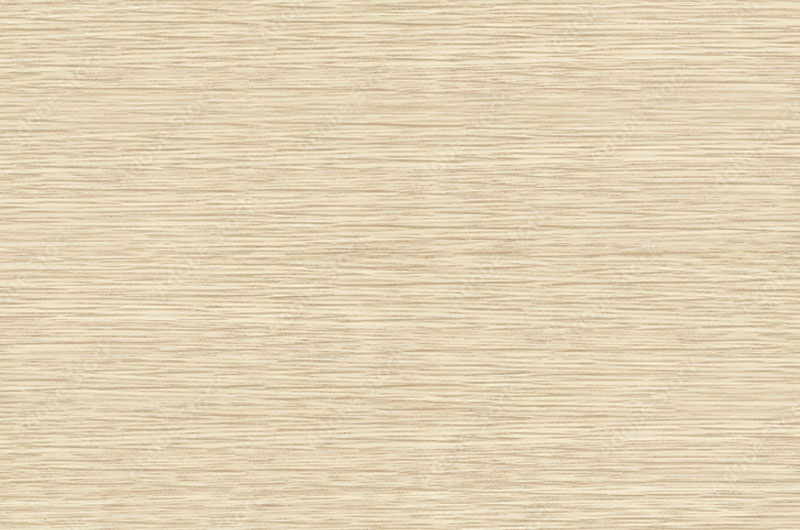
Quarter Sawn White Oak
- Quarter sawn oak is distinguished by its straight and consistent grain pattern, which is achieved by cutting the wood perpendicular to the growth rings of the tree. This cutting method results in a striking appearance characterized by straight, parallel lines, also known as ray flecks or medullary rays, that run across the surface of the wood. The grain pattern of quarter sawn oak is highly desirable and often considered more aesthetically pleasing than other cutting methods.
- Quarter sawn oak shares the same color variations as other types of oak, typically ranging from light golden-brown to medium brown. The distinct grain pattern of quarter sawn oak enhances its appearance, creating visual interest and depth in cabinetry.
- Very popular not only because of it’s unique graining pattern, but also because of the way it accepts stain

Walnut
- Walnut wood typically ranges from light to dark brown, often with subtle variations in tone. Heartwood tends to be darker than sapwood, with shades ranging from golden brown to chocolate brown. Walnut's color deepens and develops a beautiful patina over time, adding to its visual appeal.
- Walnut wood is known for its striking grain patterns, which can vary from straight to wavy or even curly. It often features bold, sweeping grain lines and occasional knots or burls, adding character and interest to the wood's surface.
- Walnut wood's warm color, distinctive grain, and timeless elegance make it versatile for various cabinet styles, from traditional to contemporary.
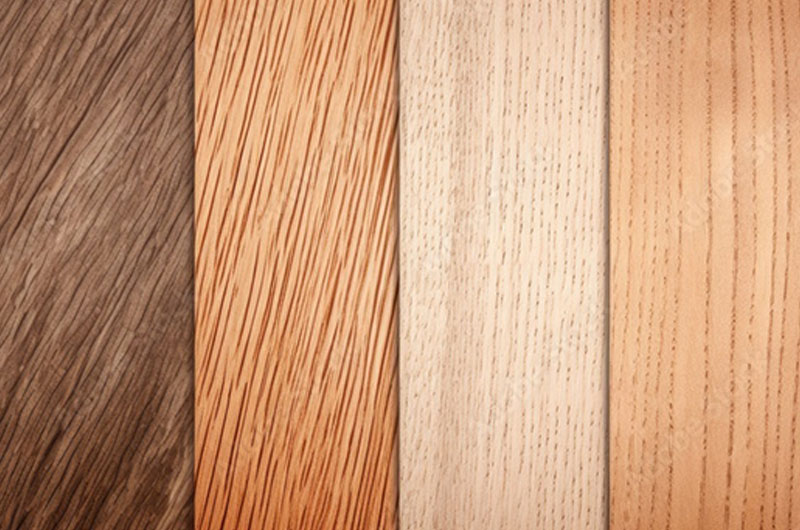
Exotic Wood Veneers
- Exotic wood veneers offer a unique and luxurious option for cabinetry, providing a stunning visual appeal and adding an element of sophistication to interior spaces.
- Woods like Bamboo, Teak, Zebrawood, Mahogany, Rosewood, Ebony, Wenge, Fir, and Ash can all be used for slab door styles as a veneer.
- These exotic wood veneers offer a wide range of colors, grain patterns, and textures, allowing for endless possibilities in cabinetry design. Whether used as a focal point or as an accent, exotic wood veneers can elevate the look and feel of any space, making them a popular choice for high-end projects.
What other options do I have besides wood?

Acrylic
- Acrylic cabinet doors offer a stylish, durable, and low-maintenance option for modern cabinet designs.
- Acrylic cabinet doors offer a sleek and contemporary appearance, adding a touch of sophistication to kitchen or bathroom cabinets. Acrylic doors come in a wide range of colors and finishes, including solid colors, metallics, and even patterns like wood grain.
- Crafted by laminating a sheet of acrylic or polyethylene terephthalate (PET) to a door form made of medium densite fiberboard (MDF)
- Available in glossy, highly-reflective, and matte finishes
- While acrylic cabinet doors may initially have a higher upfront cost compared to some other materials, they are often considered cost-effective in the long run due to their durability, low maintenance requirements, and resistance to wear and tear.
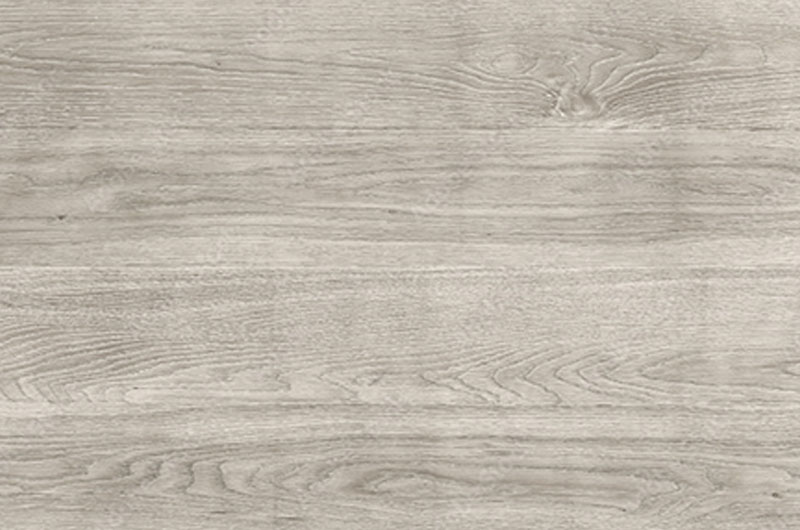
Wood Grained Laminate
- Wood grained laminate doors are a popular choice for cabinetry due to their affordability, durability, and versatility.
- Wood grained laminate doors are more budget-friendly compared to solid wood or veneer options. They offer the look of real wood at a fraction of the cost, making them an attractive choice for homeowners and designers working within a limited budget.
- Laminate doors are highly durable and resistant to scratches, stains, moisture, and fading. The laminate surface provides a protective barrier that helps the doors withstand everyday wear and tear, making them ideal for high-traffic areas like kitchens and bathrooms. Additionally, laminate doors are easy to clean with mild soap and water, requiring minimal maintenance to keep them looking like new.
- Unlike natural wood, which may vary in color, grain pattern, and texture, wood grained laminate doors offer consistent appearance and quality. This ensures a uniform look throughout your cabinetry and allows for easy matching of doors and panels.

Metal
- Metal cabinet doors provide a sleek and contemporary look that complements modern and industrial-inspired interiors. Their smooth surfaces and clean lines add a touch of sophistication to any space, making them a popular choice for kitchens, bathrooms, and other areas of the home.
- Metal cabinet doors come in a variety of finishes, including brushed, polished, satin, and matte. Each finish offers a different look and feel, allowing for customization to match the desired aesthetic of the space. Additionally, metal doors can be powder-coated or painted in a wide range of colors to suit different design preferences.
- Metal cabinet doors offer a stylish, durable, and practical solution for modern cabinetry, providing a sleek and contemporary look that enhances the overall design of any space. These doors add a touch of sophistication and functionality to cabinets and storage areas.
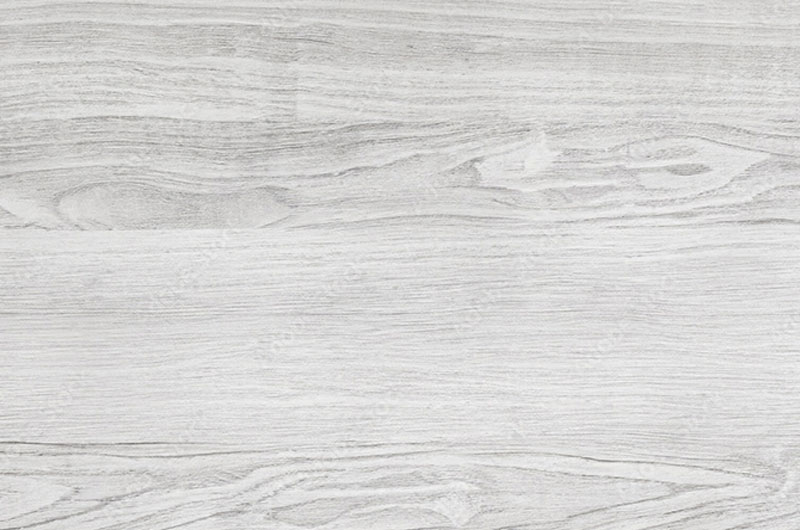
Textured Melamine
- Melamine is a type of thermosetting plastic resin that is applied as a thin layer to a substrate, typically medium-density fiberboard (MDF) or particleboard. The textured surface is created by pressing the melamine sheet with a textured plate during the manufacturing process, resulting in a variety of surface patterns and finishes.
- Textured melamine cabinet doors feature a textured surface that mimics the look and feel of natural materials, such as wood grain, stone, or fabric. The texture adds depth and visual interest to the doors, creating a more tactile and dynamic appearance compared to flat surfaces. Textured melamine doors come in a wide range of colors, patterns, and finishes, allowing for customization to match different design styles and preferences.
- Textured melamine cabinet doors are more budget-friendly compared to solid wood or veneer options. They offer the look of natural materials at a fraction of the cost, making them an attractive choice for homeowners and designers working within a limited budget.
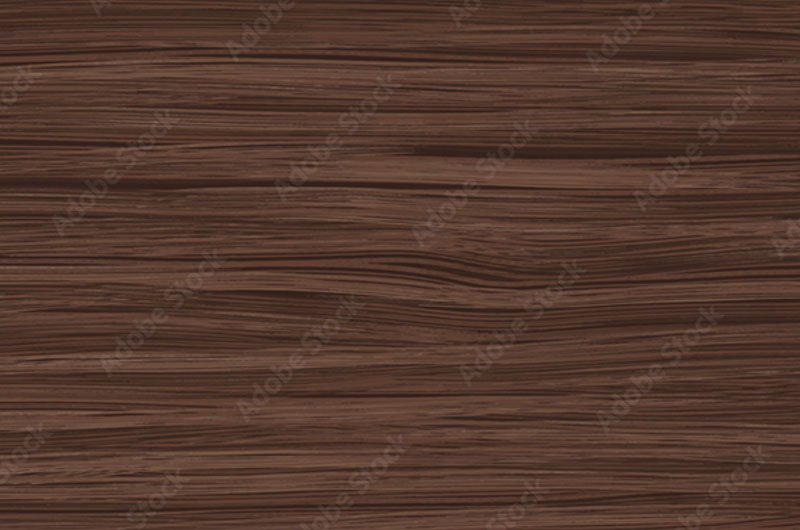
Thermofoil
- Thermofoil cabinet doors are a type of cabinet door made from medium-density fiberboard (MDF) or engineered wood covered with a thin layer of thermofoil—a heat-applied vinyl material.
- Thermofoil cabinet doors come in a wide range of colors, patterns, and finishes, including solid colors, wood grain patterns, and decorative designs. They can mimic the look of natural wood, painted surfaces, or even high-gloss finishes, providing versatility in design options to suit different decor styles and preferences.
- Thermofoil doors offer a versatile option for cabinetry, providing a variety of design possibilities to match different aesthetic preferences. Whether you prefer the look of natural wood, painted surfaces, or a more contemporary finish, there's a thermofoil option to match your style.

